Bladder Spasm Risk Calculator
How Sensitive Are You to Caffeine?
Take this short assessment to estimate your risk of bladder spasms based on your caffeine consumption and personal factors.
Ever felt the sudden urge to sprint to the bathroom after your first cup of joe? You’re not imagining it - there’s a real physiological link between that morning caffeine hit and the unsettling twitchy feeling in your bladder.
What Exactly Are Bladder Spasms?
Bladder spasms are involuntary contractions of the detrusor muscle that line the bladder walls. When the muscle cramps, it sends a signal to the brain that the bladder is full, even if it’s not. The result? A sudden, urgent need to pee, sometimes accompanied by leakage. This isn’t just a nuisance - for people with overactive bladder (OAB) or interstitial cystitis, spasms can dramatically affect quality of life.
How Does Caffeine Play a Role?
Caffeine is a natural stimulant found in coffee, tea, chocolate, energy drinks, and some medications. It works by blocking adenosine receptors in the brain, which normally promote relaxation and sleep. While the buzz you feel is welcome, caffeine also triggers a cascade of effects that end up jostling your bladder.
The Physiology Behind the Connection
- Diuretic action: Caffeine increases blood flow to the kidneys, prompting them to filter more fluid. More urine means a fuller bladder faster.
- Detrusor muscle excitability: Research shows caffeine can heighten the sensitivity of the detrusor muscle, causing it to contract more readily. (See Journal of Urology, 2022 for a detailed study.)
- Adenosine receptor antagonism: By blocking adenosine, caffeine removes a natural brake on muscle contractions, including those of the bladder wall.
Put together, these mechanisms explain why a single espresso can feel like a bladder‑spasm alarm.
Who Is Most Susceptible?
Not everyone reacts the same way. Several factors increase the likelihood of caffeine‑induced spasms:
- Age: Older adults often have reduced bladder capacity, making them more sensitive to any irritant.
- Gender: Women are statistically more prone to OAB, partly due to pelvic anatomy.
- Existing bladder conditions: If you already have interstitial cystitis, any stimulant can exacerbate symptoms.
- Genetics: Some people metabolize caffeine faster, while others experience prolonged effects.
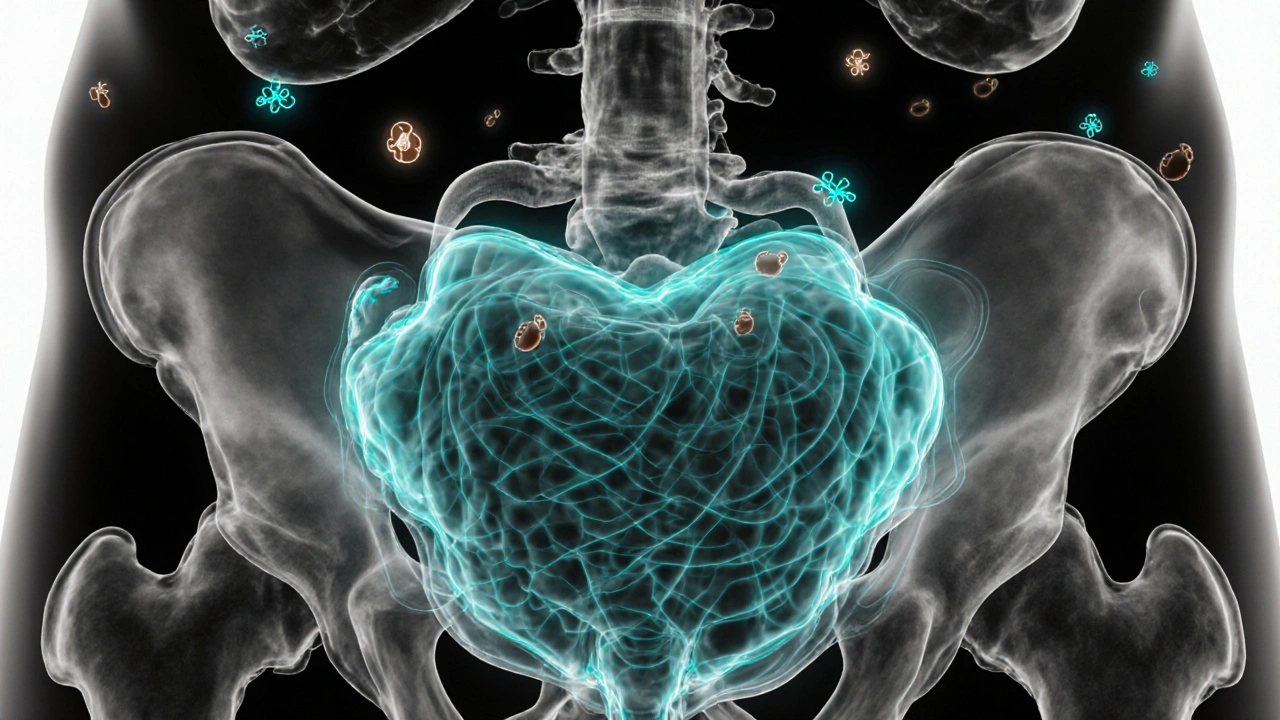
Testing Your Sensitivity
The simplest way to gauge whether caffeine is the culprit is a short‑term elimination trial. Cut out all caffeinated drinks for a week, then reintroduce them one at a time while tracking symptoms in a bladder diary. If urgency spikes after coffee but not after tea, you’ve found a specific trigger.
Managing Symptoms Without Giving Up All Your Favorites
Here are practical steps you can take:
- Gradual reduction: Swap one cup of coffee for decaf each day. Your body adjusts to lower caffeine levels without the sudden withdrawal headache.
- Stay hydrated-wisely: Drink plenty of water, but sip slowly throughout the day. Large volumes at once can flood the bladder.
- Choose low‑caffeine alternatives: Green tea (≈30mg caffeine) or herbal teas (caffeine‑free) often cause fewer spasms.
- Pelvic floor exercises: Strengthening the muscles that support the bladder can reduce the impact of spasms.
- Medication review: Some anticholinergics and beta‑3 agonists specifically target overactive bladder. Talk to a urologist if lifestyle tweaks aren’t enough.
Comparing Caffeinated vs. Decaf on Bladder Activity
| Metric | Caffeinated (8oz) | Decaf (8oz) |
|---|---|---|
| Caffeine content | 95mg | 2‑5mg |
| Urine output increase (first 2h) | +20% | +5% |
| Self‑reported urgency episodes | 2‑3 per day | 0‑1 per day |
| Average bladder‑spasm intensity (scale 1‑5) | 3.2 | 1.1 |
Even a small caffeine dose can double the number of urgency episodes for many people. If you’re sensitive, decaf is a surprisingly effective workaround.
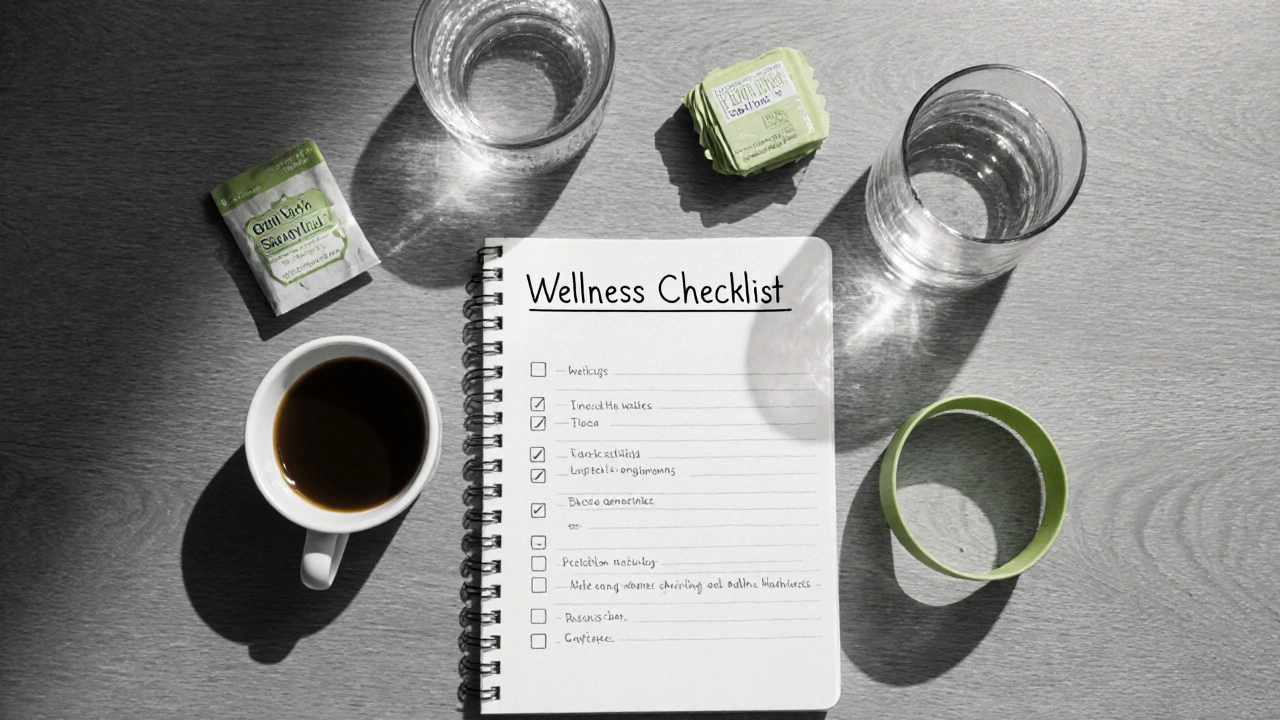
When to Seek Professional Help
If you notice any of the following, it’s time to book an appointment with a urologist or primary‑care physician:
- Frequent nighttime trips (nocturia) disrupting sleep.
- Painful urination or blood in the urine.
- Sudden loss of bladder control that interferes with work or social life.
- Symptoms persisting despite cutting caffeine for two weeks.
Early evaluation can rule out infections, stones, or other underlying conditions and set you on a tailored treatment plan.
Quick‑Start Checklist for Reducing Caffeine‑Related Spasms
- Track every caffeinated beverage for 7days.
- Replace one coffee with decaf or herbal tea each day.
- Log urgency episodes in a bladder diary.
- Increase water intake to 1.5‑2L spread throughout the day.
- Try 5‑minute pelvic floor contractions three times daily.
- Review any prescription meds that might amplify bladder activity.
Follow this list for two weeks and compare the before‑and‑after numbers. Most users see a measurable drop in urgency within 5‑7 days.
Frequently Asked Questions
Can tea cause bladder spasms like coffee?
Yes, but usually milder. Black tea contains about 40‑70mg of caffeine per cup, so the diuretic and muscle‑stimulating effects are present but less pronounced than coffee.
Is decaf completely safe for a sensitive bladder?
Decaf still contains trace caffeine, but most people with a sensitive bladder can tolerate it without triggering spasms. If you’re extremely sensitive, choose herbal blends that are caffeine‑free.
Do energy drinks worsen bladder spasms?
Energy drinks often pack 150‑300mg of caffeine plus other stimulants like taurine. The combined effect can dramatically increase urine production and detrusor excitability, so they’re usually a bad match for anyone prone to spasms.
Can medication help if I can’t quit caffeine?
Yes. Anticholinergic drugs (e.g., oxybutynin) and β‑3 agonists (e.g., mirabegron) target the bladder’s signaling pathways and can reduce spasm frequency. Always discuss benefits and side effects with your doctor.
How long does it take for caffeine to leave the system?
The average half‑life of caffeine is 3‑5hours, but it can be longer for pregnant people, those on certain medications, or individuals with liver enzyme variations. Full clearance usually occurs within 24hours.

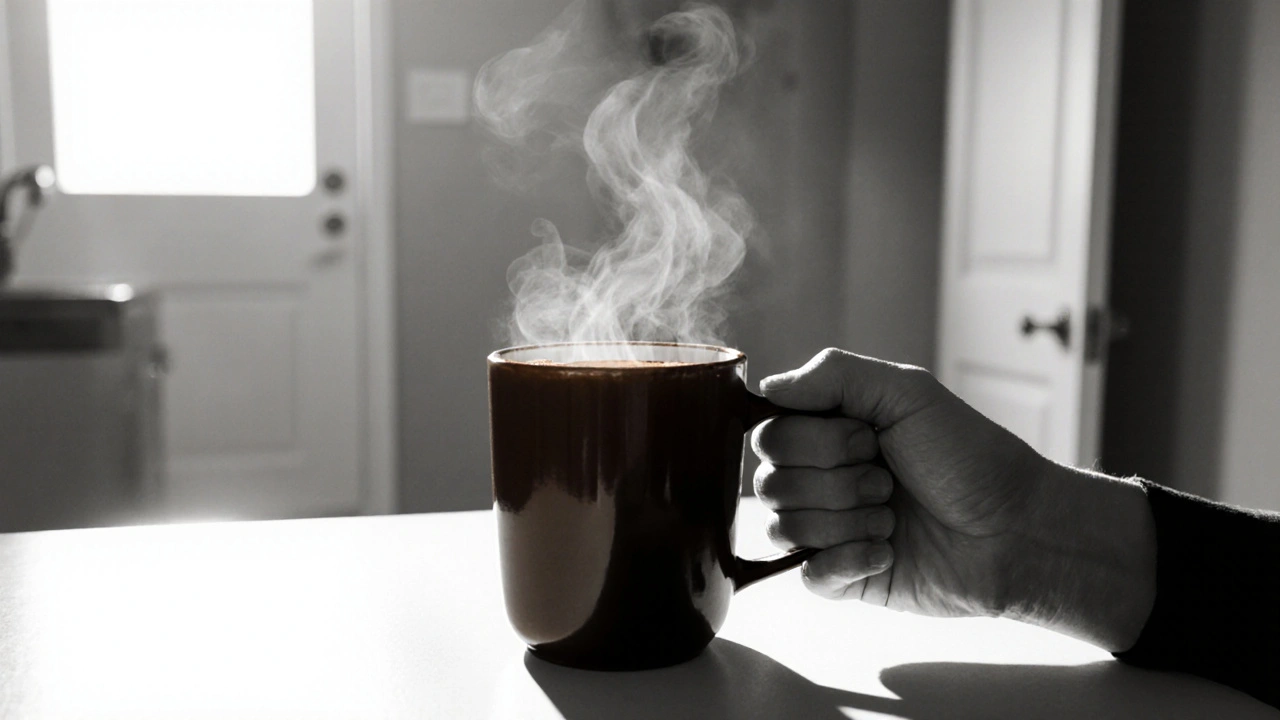
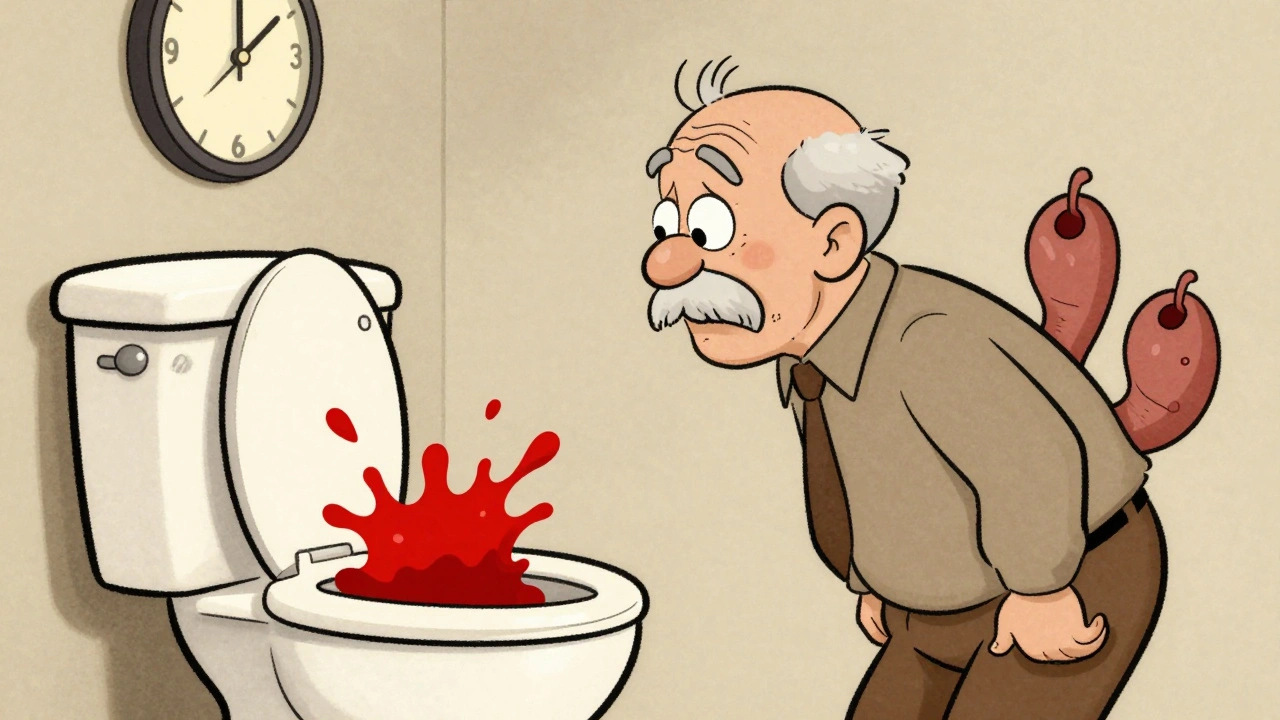

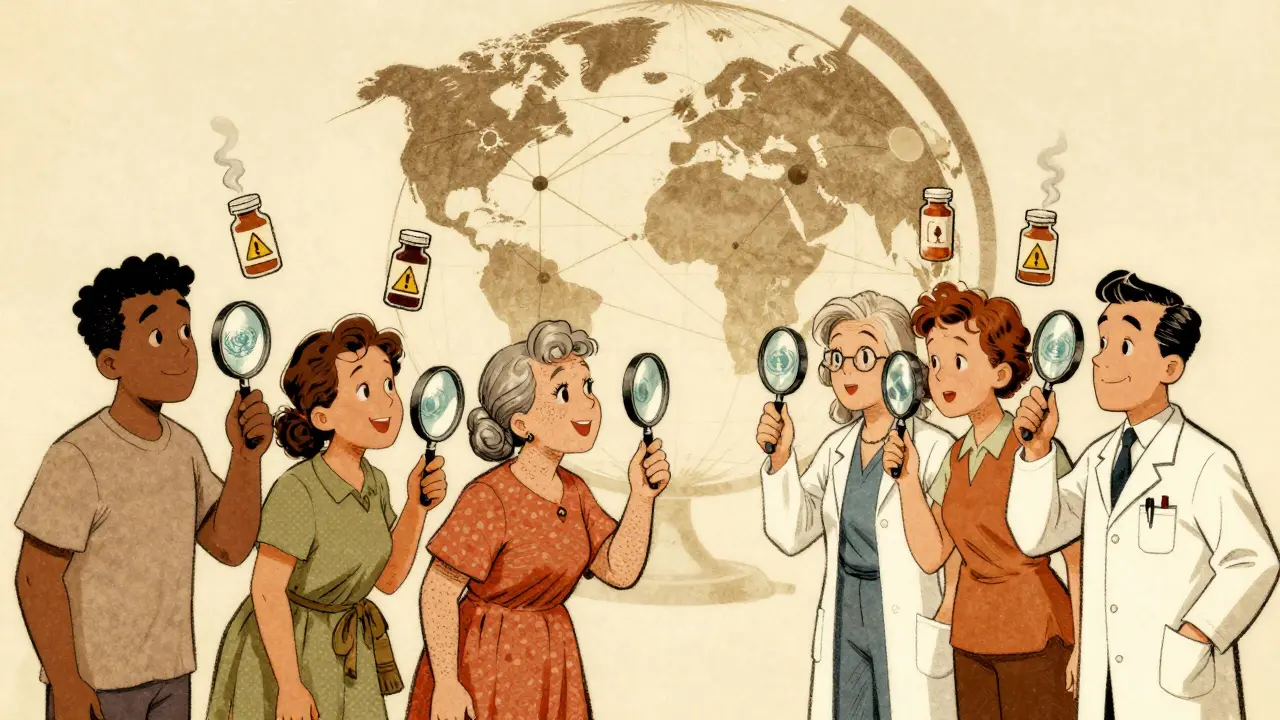
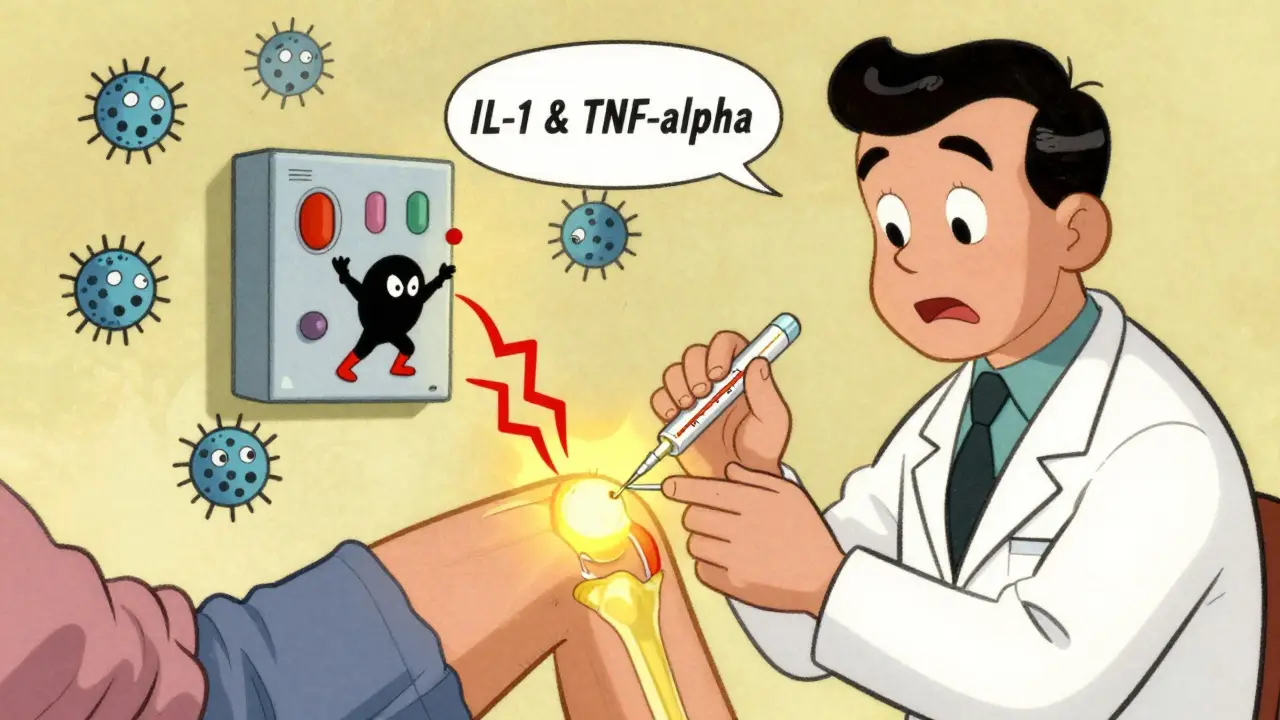
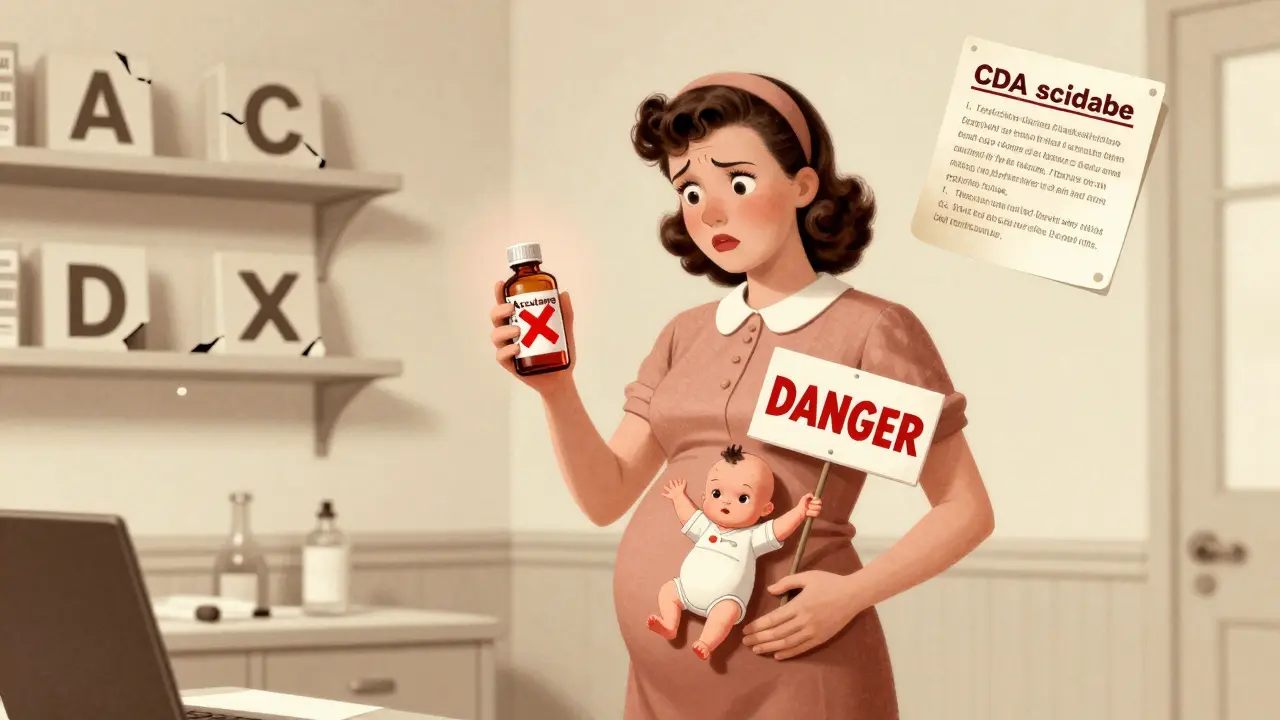
Tom Green
Great overview of how caffeine can set off bladder spasms. The link between the diuretic effect and detrusor excitability makes a lot of sense. If you’re tracking symptoms, a simple bladder diary can be really helpful. Reducing one cup a day and swapping for decaf is a solid first step. Keep experimenting to find the sweet spot that works for you.
Emily Rankin
Imagine your bladder as a tiny drum, trembling with every sip of espresso-pure drama! Yet, within that chaos lies a beautiful reminder of how our bodies are finely tuned. Stay optimistic; a mindful reduction can turn that frantic rhythm into a calm lullaby.
Rebecca Mitchell
lol coffee sucks.
Roberta Makaravage
First, let me clarify the undeniable truth: caffeine is a potent stimulant that directly influences urinary physiology 🌟. Numerous peer‑reviewed studies have demonstrated that caffeine increases renal blood flow, thereby raising urine output 📈. Moreover, the detrusor muscle’s excitability is heightened, which can precipitate involuntary contractions. This is not a mere anecdote; it is a well‑documented pharmacological effect. If you think a single cup is harmless, consider the cumulative daily dose-most people consume multiple servings. Over time, the bladder adapts to this constant provocation, leading to chronic overactivity. Ethical considerations also arise: many coffee chains market their drinks as “healthy,” yet they downplay these urological impacts. From a moral standpoint, we should be transparent about potential side effects. Patients with overactive bladder deserve clear guidance, not vague reassurances. The data from the Journal of Urology (2022) provides compelling evidence-ignore it at your peril. 🧐 Additionally, the half‑life of caffeine varies, but for most adults it lingers long enough to affect nighttime bladder control. This can disrupt sleep patterns, creating a vicious cycle of fatigue and increased coffee consumption. The solution isn’t to abandon coffee entirely, but to approach it with scientific prudence. Decaf options, low‑caffeine alternatives, and timed consumption can mitigate risks. Finally, remember that lifestyle modifications, such as pelvic floor exercises, work synergistically with dietary changes. Empower yourself with knowledge, and you’ll no longer be at the mercy of spontaneous bladder spasms. Stay vigilant, and consult a urologist if symptoms persist.
Russell Abelido
Wow, that was an epic deep‑dive! 😲 I totally feel you on the caffeine‑bladder connection-my mornings used to feel like a race to the bathroom. Adding pelvic floor exercises gave me a noticeable relief, and I even cut back to one half‑caffeinated brew a day. Keep spreading the word, because many of us are suffering in silence. 🙏
Steve Holmes
Interesting point, Tom, about the bladder diary, however, I think we should also consider the role of fluid temperature, as hot drinks might relax the sphincter, potentially increasing urgency, and cold drinks could have the opposite effect, which could be worth exploring, especially for those sensitive to caffeine; plus, tracking not just volume but timing could yield deeper insights, and perhaps a randomized trial would settle the matter.
Katie Henry
Dear community, I appreciate the thorough observation regarding beverage temperature. It would be prudent to conduct a controlled study to validate these hypotheses. Until such data are available, moderating intake remains advisable.
Joanna Mensch
They don't want you to know that the coffee industry funds research to downplay the urinary side‑effects. Every cup you drink may be part of a larger scheme to keep you dependent while your bladder suffers. Look beyond the label and question the agenda.
Nickolas Mark Ewald
That's a good point. Reducing coffee can help.
Chris Beck
Coffee is just a drink you can quit. Stop blaming it for everything.
Sara Werb
Yo dude, u think coffee is the only villain?? It wuz made to keep us wired, u know? Can't u see the bigger picture? Stop being so simple minded!
Winston Bar
Meh, caffeine drama is overhyped.
Lauren Sproule
Hey, I get where you're coming from, but for many people the urgency can really impact daily life. A gentle reminder to consider small changes might make a difference. Stay kind!
CHIRAG AGARWAL
Listen, I tried cutting coffee cold turkey and my bladder was screaming for days, but I also noticed my mood plummeted and I was irritable at work. You should tell us exactly how many cups you drink daily, no shame. Sharing those details can help us all adjust better. Trust me, honesty is the only way forward.
genevieve gaudet
Yo, i feel u two. in my culture we sip chai with less caffeine and it works fine. try swapping out for herbal blends, it'll chill both mind and bladder.
Patricia Echegaray
Do you realize that the caffeine cartel manipulates our perception of "energy"? They sprinkle hidden stimulants in everyday drinks, painting them as harmless while they secretly hijack our bladder control. It's a vivid tapestry of deception, woven with bright marketing and shadowy labs. Only the brave dare to uncover the truth and reclaim their bodily sovereignty.
Kevin Adams
Ah the grand illusion of the bean, a siren song that lures us into frantic void. Yet we hold the key, the quiet choice to sip or abstain. In the end the bladder tells the tale. Listen.
RJ Samuel
Honestly, I think the whole fuss over caffeine‑induced spasms is a bit exaggerated. People can build tolerance, and a few extra trips to the loo aren't life‑changing. I'd rather enjoy my coffee than worry about a wobble in the bladder.